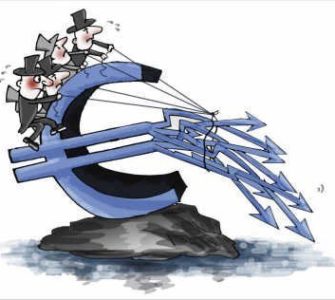The heat of summer makes people feel uncomfortable, and their clothes are often sticky with sweat, which is not refreshing at all. The sun overhead tends to inhibit the idea of going outside. This heat is really unpleasant. In summer, the most important thing we need to prevent is heat stroke. Because no matter how hot it is, we still can’t avoid going out and need to face this unbearable heat, how can we make sure we really have heat stroke? We need to understand the symptoms of heat stroke.
The first heatstroke is the mildest of the heatstroke symptoms. The body’s reaction is not particularly strong, and the damage to the body is the least severe. Generally, the body sweats a lot, mostly due to working or exercising in a hot environment for a long time. Some people may have symptoms of low fever, where the body becomes hot, but rarely exceeds 38 degrees Celsius. Others may experience dizziness, nausea, feeling that the movements of the limbs are not particularly smooth, not controlled by the brain, and difficulty concentrating. These symptoms are usually a precursor to heat stroke.
Mild Heat Stroke
Patients with mild heat stroke often have their own skin burned on the premise of heat stroke aura, and their face will look particularly red, and they will also experience a drop in blood pressure, sweating and other symptoms. The more prominent symptom is that the patient’s body temperature may reach 38 degrees Celsius or more, and the pulse rate will also increase significantly. These are some of the symptoms that distinguish mild heatstroke from aura heatstroke.
Severe Heat Stroke
This is the most critical one of heat stroke. Previous aura heatstroke and mild heatstroke can be relieved by self-regulation. However, if you do not seek medical attention in time, it may be life-threatening. The appearance of heat stroke aura and heat stroke should not be ignored, otherwise it can easily develop into heat stroke.
Severe heat stroke is divided into several types: heat stroke, enthalpy, heat stroke and heat exhaustion. The main reason for heat radiation is that the body produces much more heat than it dissipates, resulting in a rapid rise in body temperature, leading to brain fogging, decreased blood pressure, and shortness of breath. Heat is mainly due to the lack of water in the body, resulting in abnormal sodium concentration in the body. This is when there is a burst of muscle pain.
Heat stroke is mainly caused by prolonged intense direct exposure to the sun and damage to the head. Patients often feel headache, nausea, irritability and severe fainting. Patients with heat exhaustion are mainly elderly. They are unable to adapt to the heat in a short period of time and usually feel dizzy and panicky.






